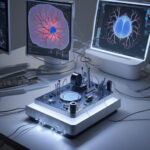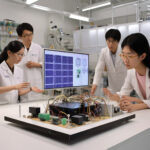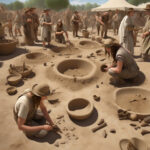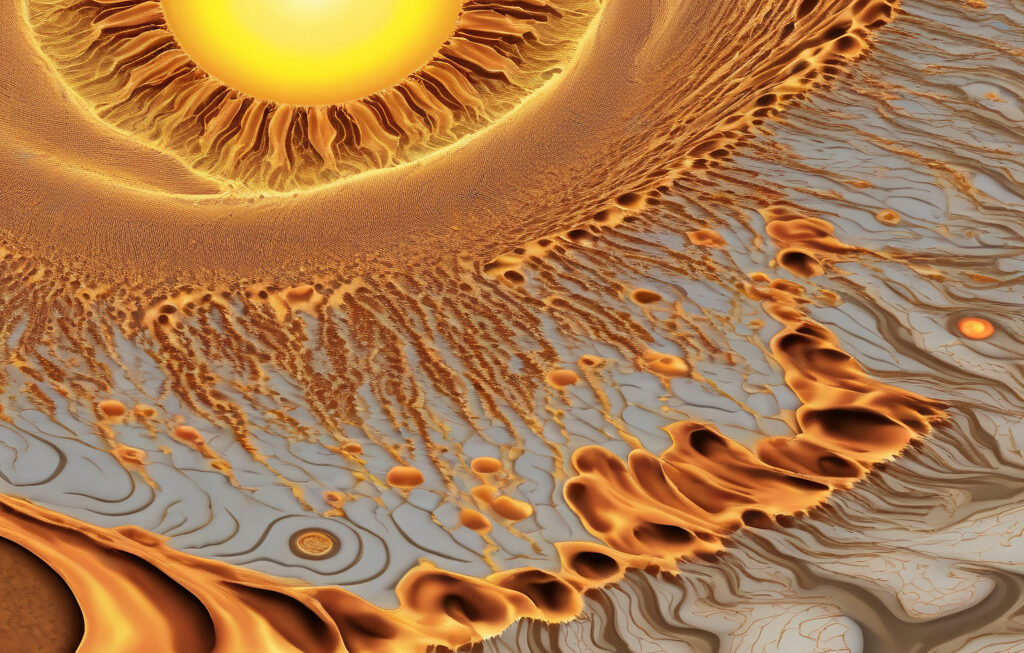100 Years On, ESA Tests Einstein’s Relativity Theory with Atomic Clocks on ISS
The European Space Agency (ESA) has launched one of its most precise science experiments to date, aiming to test Albert Einstein’s theory of relativity with atomic clocks aboard the International Space Station (ISS). This groundbreaking initiative marks a significant milestone in scientific exploration, as it delves into the intricacies of space-time and gravity, as proposed by one of the greatest minds in modern physics.
Einstein’s theory of relativity, formulated over a century ago, revolutionized our understanding of the universe by establishing a fundamental link between space, time, and gravity. According to this theory, the fabric of space-time is not a fixed entity but rather a dynamic environment that can be influenced by massive objects such as planets, stars, and black holes. Furthermore, the theory predicts that time is not a universal constant but instead varies depending on the strength of gravity in a given region.
In the quest to validate Einstein’s theory, ESA has placed ultra-precise atomic clocks on the ISS to measure the passage of time with unprecedented accuracy. By comparing the readings of these space-based clocks with their counterparts on Earth, scientists can observe any potential deviations caused by the effects of gravity and velocity, as predicted by the theory of relativity.
This ambitious experiment not only pushes the boundaries of scientific knowledge but also has practical implications for future space missions and technologies. By refining our understanding of how gravity affects the flow of time, researchers can improve the accuracy of satellite navigation systems, synchronize communication networks, and even aid in the development of advanced spacecraft propulsion systems.
Moreover, the ESA’s initiative highlights the importance of international collaboration in advancing scientific research. With contributions from scientists around the globe, this project showcases how shared expertise and resources can lead to groundbreaking discoveries that benefit humanity as a whole. By pooling together the brightest minds and cutting-edge technologies, we can unlock the mysteries of the universe and pave the way for future generations of explorers.
As the atomic clocks on the ISS continue to tick away, collecting valuable data on the nature of space-time, we are reminded of the enduring legacy of Albert Einstein and his revolutionary insights into the fabric of the cosmos. Through meticulous experimentation and relentless curiosity, we honor the spirit of scientific inquiry that drives us to unravel the mysteries of the universe and expand the boundaries of human knowledge.
In conclusion, the ESA’s groundbreaking experiment to test Einstein’s theory of relativity with atomic clocks on the ISS represents a remarkable fusion of theoretical physics and practical application. By challenging established paradigms and pushing the limits of scientific exploration, we inch closer to unlocking the secrets of the cosmos and harnessing their power for the betterment of society and the world.
#ESA, #Einstein, #Relativity, #AtomicClocks, #ISS











